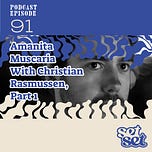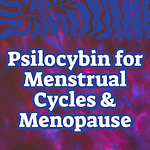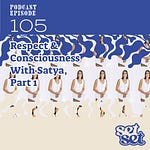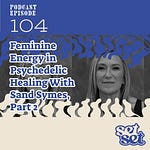In this episode of The High Guide, host April Pride talks with Christian Rasmussen, founder of MN Nice Ethnobotanicals and the largest Amanita muscaria merchant in the U.S. Christian shares his powerful story of overcoming addiction to opiates and benzodiazepines—and how the red-capped mushroom often dismissed as toxic helped him reclaim his life. The conversation dives deep into Amanita’s therapeutic potential, how it differs from psilocybin, and why microdosing this ancient fungus may be one of the most overlooked tools in addiction recovery and mental wellness.
🔵 Key Takeaways
Amanita muscaria affects the GABA system, making it useful for tapering off benzos and alcohol.
Unlike psilocybin, Amanita works subconsciously, with minimal visuals or emotional flooding.
Microdosing Amanita 2–3x daily may help reduce anxiety, insomnia, and even trauma responses.
Proper drying and tea preparation are critical for safe use and reduced nausea.
MN Nice Ethnobotanicals is pioneering access to responsibly sourced and prepared Amanita.
🔵 Timestamps
[00:00] Intro: Who is Christian Rasmussen?
[01:00] Amanita muscaria: Safety myths & misconceptions
[03:00] Christian’s addiction to opiates and benzos
[06:00] Amanita discovery and first microdosing experience
[08:00] Amanita vs. benzos: GABA system healing
[11:00] The underreported benzo epidemic
[12:30] How microdosing Amanita works (capsule, gummy, tea)
[14:00] Standard micro + macro dosing protocol
[17:00] Amanita tea prep: acidity + heat = bioavailability
[18:00] Other benefits: anxiety, insomnia, Lyme, Parkinson’s
[19:00] The “behind-the-scenes” healing of Amanita vs. psilocybin
🔵 Guest Spotlight
Follow Christian Rasmussen: MN Nice Ethnobotanicals
🔵 Additional Resources
Medicating Normal — Documentary on benzo dependency
The Ultimate Psilocybin Guide from SetSet
🔵 Let's Discuss in Comments
Have you or someone you love tried Amanita muscaria for healing or withdrawal support?
👇 Let’s talk about it in the comments.















Share this post